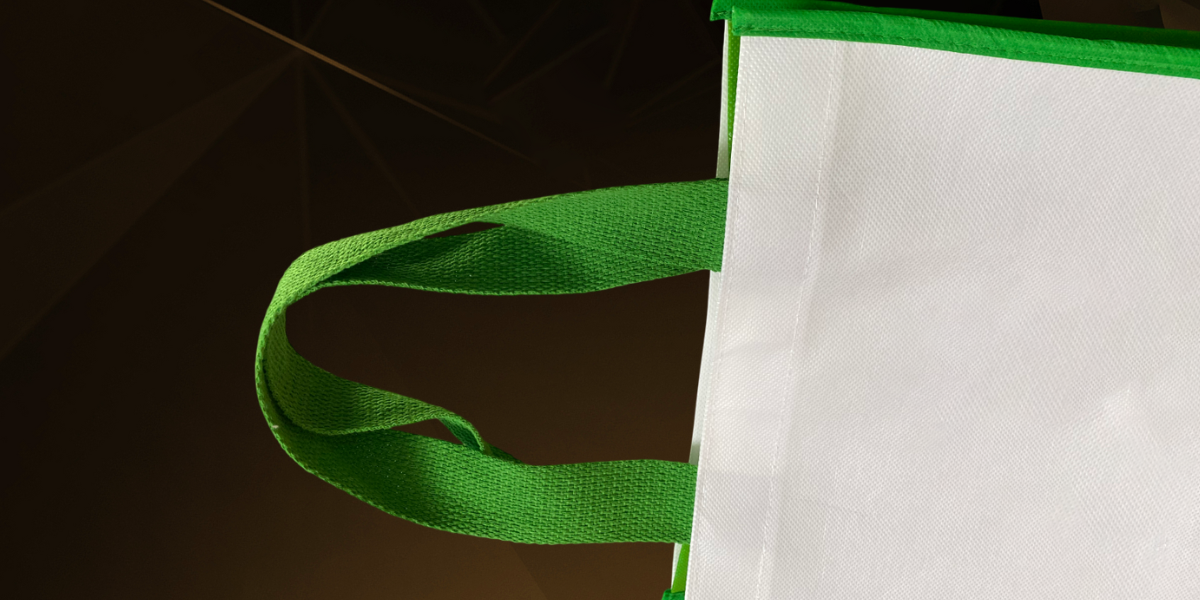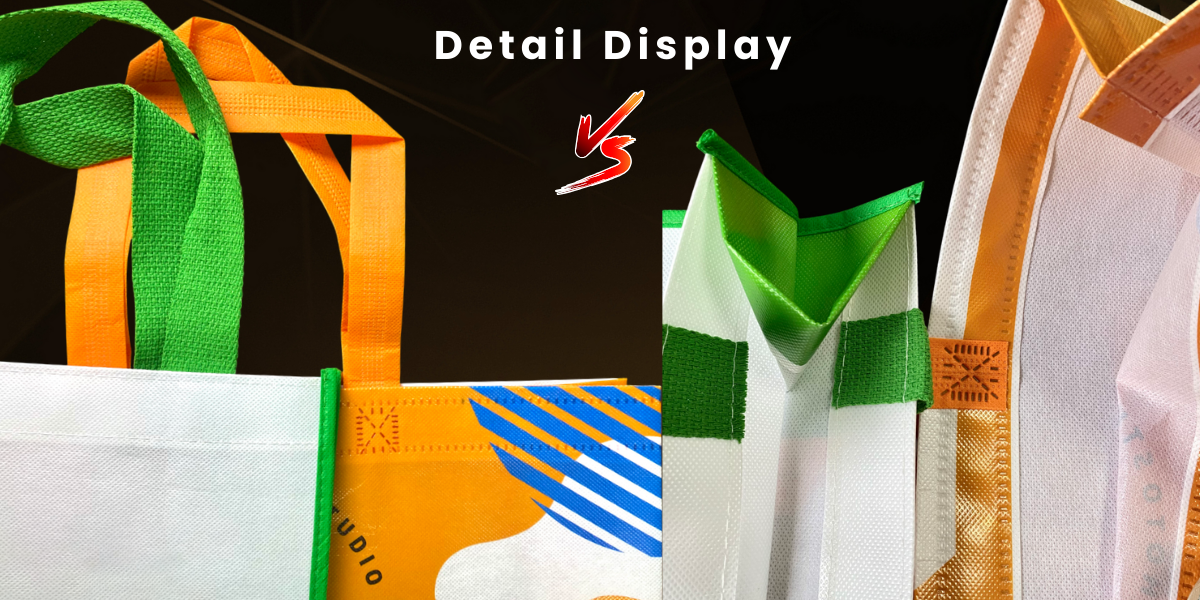ECO Bag: Hot Press vs. Hand-Stitching - Which Method Is Best for You?
- Fullpacking
- November
As more businesses and brands choose non-woven eco bag to package their products, two of the most common manufacturing techniques for these bags are hot pressing and hand-stitching. Deciding between these two methods can be challenging. While the finished bags might look similar at first glance, they differ significantly in terms of characteristics and benefits. Understanding these differences is essential to make the right choice when selecting non-woven eco bag.
This article will explore these two mainstream manufacturing techniques, highlighting their differences to help you make an informed decision when purchasing eco bag.

Hot pressing involves using high-temperature machines to bond non-woven fabrics together to form a bag. One of the most common methods is ultrasonic welding, a basic interconnection process that connects internal electrical signals or chips to external components. This technique relies on mechanized production, enabling seamless one-piece molding. As a result, it allows for fast, large-scale production, saving time, labor, and costs.
However, since each batch of products requires specific molds for production, hot pressing usually involves a minimum order quantity (MOQ). Most manufacturers set MOQs starting from 10,000 pieces, with simpler designs potentially reaching up to 20,000 pieces.
Non-woven eco bag made through hot pressing typically have a weight capacity of 6-8kg. However, the actual weight capacity depends on the material’s weight (grammage) and the bag’s size. You can adjust the design and materials according to your product’s usual load requirements. Thus, when you need a large quantity of bags for events or promotions, hot pressing can significantly shorten production cycles and ensure you receive your custom eco bag promptly.
What is Hand-Stitching?
Hand-stitching is a traditional technique where non woven bags are meticulously sewn using sewing machines. This process requires sewing different fabric pieces together at various angles, often involving 5-6 complex steps to complete a single bag. Therefore, hand-stitching demands patience, precision, and skilled craftsmanship.
Due to the manual nature of this process, hand-stitched bags generally offer greater durability and weight capacity compared to hot-pressed bags. Typically, they can hold up to 12kg or more, depending on the material’s weight (grammage) and bag size. You can tailor the design and materials based on the specific weight and usage requirements of your products.
Hand-stitching is ideal for creating more intricate and sophisticated designs than hot pressing can achieve. However, its production efficiency is lower, and it requires higher skill levels, leading to slightly higher costs.
The MOQ for hand-stitched bags is usually lower, starting at 2,000 or 5,000 pieces. If you have a smaller order volume, hand-stitching is a great option. It not only offers superior quality and more customization options but also enhances your product’s packaging with unique details.
Hot Press Vs Hand-Stitching: Key Differences
Now that we’ve explored the basics of both techniques, let’s summarize their main differences:
Efficiency
- Hot Pressing: Relies on modern mechanized equipment for high-efficiency production and fast delivery.
- Hand-Stitching: Relies on artisans operating sewing machines; production efficiency is slower.
Weight Capacity
- Hot Pressing: Lower weight capacity, typically 6-8kg.
- Hand-Stitching: Higher weight capacity, generally around 12kg or more.
- Note: Weight capacity for both methods depends on material grammage and bag size, which can be adjusted to suit your needs.
Product Variety
- Hot Pressing: Suitable for creating standard-sized and commonly used bag designs.
- Hand-Stitching: Suitable for both standard and unconventional bag designs, making it ideal for more intricate and unique styles.
Cost and Pricing
- Hot Pressing: Lower production costs due to efficient mechanized production.
- Hand-Stitching: Higher costs due to the complex, manual nature of the process.
Conclusion
If you’re torn between hot pressing and hand-stitching, consider your specific needs:
How soon do you need the non woven eco bag?
How many do you require?
What design are you looking for?
What weight will the non woven eco bag need to hold?
These factors will help you decide which technique is better suited to your product packaging needs. If you need further information before making a decision, feel free to contact us at FullPacking. We are always ready to discuss your requirements and recommend the best manufacturing process for your non-woven eco bag, ensuring all your needs are met.





